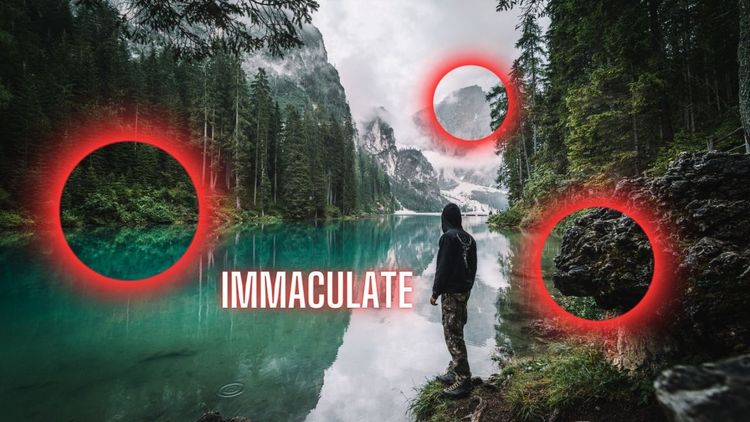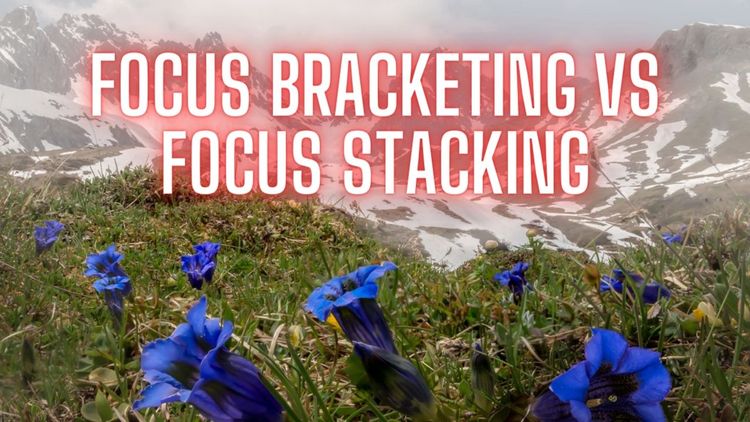Can You Film Vertical On A Gimbal? (Discover The Easy Way!)

Are you curious about filming vertically with a gimbal?
If so, you're in the right place! In this article, we'll show you the easy way to get started.
Whether you're a novice or an experienced filmmaker, you'll be able to start shooting vertical videos in no time!
So, let's get started and discover the easy way to film vertical content on a gimbal!
What Is A Gimbal?
If you're a filmmaker, videographer, or photographer, chances are you’ve heard of a gimbal.
But what is a gimbal and why is it so important?
In this blog post, we’ll explore what a gimbal is, its benefits, and why it’s great for creating dynamic, professional-looking videos.
So, what is a gimbal? In a nutshell, a gimbal is a device that helps stabilize a camera or other equipment in order to reduce shake and vibration.
It’s a tool that allows you to capture smooth, steady footage, even in difficult conditions.
Gimbals are most commonly used for creating cinematic-looking videos and for capturing vertical video, which is becoming more and more popular on social media.
Gimbals come in all shapes and sizes, from lightweight and portable models to large-scale, pro-level rigs.
A gimbal usually consists of three main parts: the frame, the motors, and the camera.
The frame holds the gimbal together and provides the necessary rigidity for stabilization.
The motors help keep the camera steady and counteract any unwanted movement.
And the camera is attached to the gimbal and captures the footage.
The benefits of using a gimbal are clear. For starters, they allow you to capture smooth, professional-looking footage with minimal effort.
You won’t have to worry about camera shakes or unsteady movements ruining your shots.
And they also help you create dynamic shots that you might otherwise be unable to achieve.
Plus, with the growing trend of vertical video, gimbals are essential for capturing high-quality shots in this format.
All in all, gimbals are a fantastic tool for filmmakers, videographers, and photographers alike.
Not only do they help create professional-looking footage, but they also make it easier to capture dynamic and creative shots.
So, if you’re looking for a way to take your videos to the next level, investing in a gimbal is a great place to start.

What Is Vertical filming and why is it becoming more and more popular?
As smartphones have become ubiquitous, vertical filming has become more and more popular.
Social media platforms like Instagram and TikTok have embraced vertical video formats, and even Hollywood has started experimenting with vertical films.
If you're new to vertical filming, you might be wondering if you can use a gimbal to capture smooth and steady vertical shots.
In this article, we'll explore the compatibility of gimbals with vertical filming and give you some tips on how to film vertically on a gimbal.
Now, let's talk about vertical filming. Vertical filming is the act of capturing video footage with a vertical orientation, usually in a 9:16 aspect ratio.
Vertical videos are becoming increasingly popular because they are optimized for viewing on mobile devices and social media platforms.
However, some people still believe that vertical videos are inferior to horizontal videos, especially for certain types of content (e.g. landscapes or group shots.).
In the end, it is a tool and style to express your creativity and can be used as such.

Can You Film Vertical on a Gimbal?
So, can you film vertically on a gimbal? The answer is yes, it is absolutely possible - and not just on a smartphone, but also on a digital camera!
Gimbals are compatible with vertical filming and can help you capture smooth and steady footage even when holding your camera or smartphone vertically.
Because gimbals work by detecting and counteracting movement, they can stabilize your camera or smartphone regardless of its orientation.
In fact, some gimbals are specifically designed for vertical filming and come with features such as a vertical lock mode or a selfie mode.
There are several advantages to filming vertically on a gimbal.
First, using a gimbal can help you achieve a professional-looking video with smooth and stable footage.
Vertical videos are often shot handheld, which can result in shaky footage, but using a gimbal can help you eliminate this problem.
Second, using a gimbal can give you more creative freedom when filming vertical videos.
You can experiment with different angles and movements, knowing that the gimbal will stabilize your footage.
Finally, using a gimbal can save you time in post-production by reducing the need for stabilization software or editing.

So, What Is The Easy Way To Shoot Vertical Videos On A Gimbal?
In the past, if you wanted to film vertical videos on a gimbal, you had to use an L-Bracket to mount your camera vertically.
This method allowed you to stabilize your camera and capture smooth footage, but it was hard to balance, cumbersome and inconvenient.
However, with the recent advances in gimbal technology, the old way of using an L-Bracket is no longer necessary.
Many new gimbals now have portrait shooting modes built into their software, making it easier than ever to capture vertical footage.
So what is portrait shooting mode, and how does it work?
Simply put, portrait shooting mode is a setting that allows your gimbal to recognize and stabilize your camera or smartphone when it's held vertically.
This mode is typically available in newer gimbals, and it can be activated through the gimbal's software or app.
Once activated, the gimbal will adjust its motors and sensors to stabilize your camera or smartphone, even when it's held vertically.
Using a gimbal with portrait shooting mode has several advantages over the old method of using an L-Bracket.
First, it's much more convenient and user-friendly. You don't have to go back and purchase and attach an additional accessory to your camera or smartphone, which saves you time and hassle.
Second, using portrait shooting mode allows for more precise and efficient stabilization.
Since the gimbal is designed to work with vertical footage, it can provide better stabilization and smoother footage than when using an L-Bracket.
Some best gimbals with portrait shooting mode for smartphones and iPhones include the DJI Osmo Mobile 6, the Zhiyun Smooth 5, and the Mova Freefly gimbals.
These gimbals are compatible with most smartphones and come with dedicated portrait shooting modes that optimize their performance for vertical footage.
When using one of these gimbals, you can be sure that your footage will be stabilized and smooth, even when you're shooting vertically.
In addition to portrait shooting mode, some gimbals also come with additional features that are specifically designed for vertical filming.
For example, some gimbals have selfie mode, which allows you to point the camera toward yourself and still capture stable footage.
Other gimbals have a vertical lock mode, which locks the gimbal's position and orientation to capture vertical footage without any accidental horizontal movements.
In conclusion, using a gimbal to capture vertical footage has never been easier, thanks to the development of portrait shooting mode.
This new feature eliminates the need for an L-Bracket and makes it more convenient and efficient to shoot vertical footage.
If you're interested in capturing stunning vertical videos with a gimbal, consider investing in one of the newer models with portrait shooting mode.
Experiment with different angles and movements to unleash your creativity.
With a gimbal and portrait shooting mode, the possibilities are endless.

How to Film Vertical on a Gimbal? Here are some tips:
Choose a gimbal that is compatible with your camera or smartphone and has features for vertical filming.
Set up your gimbal according to the manufacturer's instructions, making sure to balance your camera or smartphone properly.
Enable the vertical lock mode or selfie mode if available.
Use the gimbal to capture smooth and steady footage, experimenting with different angles and movements.
Edit your footage as needed, adding music, text, or other effects to enhance your video.
Can You Film Vertical Video Content On A Gimbal? - Final Thoughts
In conclusion, a select few new gimbals currently have the feature for vertical filming and can help you capture smooth and steady footage when holding your camera or smartphone vertically.
Using the right gear for vertical filming can give you more creative freedom, save you time in post-production, and help you achieve a professional-looking video.
If you're new to vertical filming, consider investing in a gimbal and experimenting with different angles and movements to create stunning vertical videos.
Your friend,
Ben





